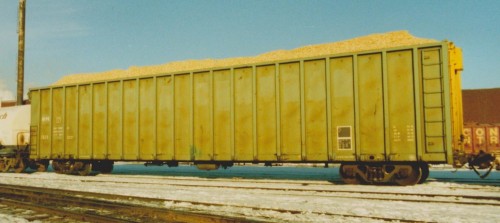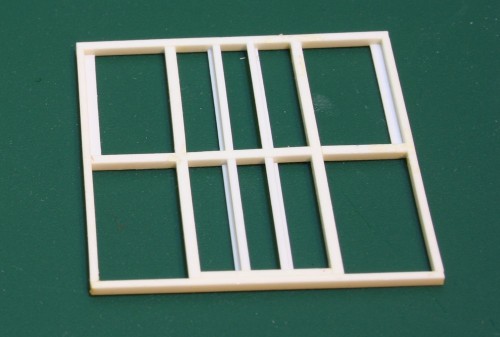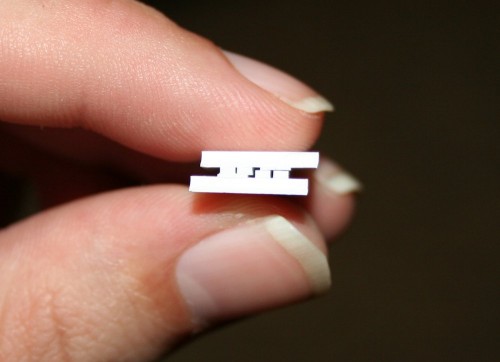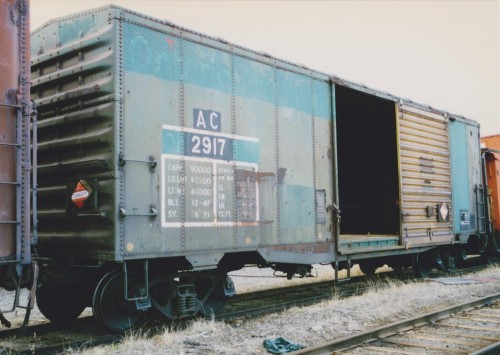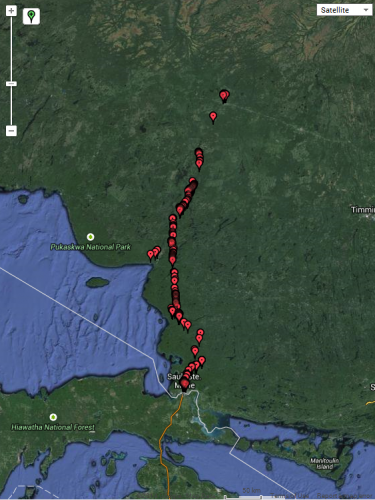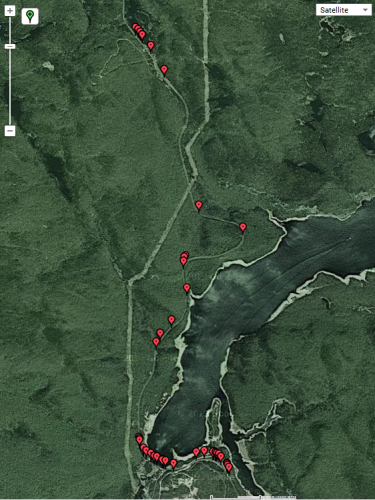This week Bowser posted photos on their website (and also emailed out to various contacts) of pre-production sample models of 11 different variations of their upcoming Canadian SD40-2 HO scale model.
All of the models are patterned after the versions built by General Motors Diesel Division in London, ON and represent the distinctly Canadian features that were unique to units built in Canada (vertical style ladder steps and modified handrails to match) and typical to Canadian railways (headlight in nose, cab front bell, class lights in single or 3-light groups above the number boards, single rear back-up headlight on most versions, railroad specific plow/pilot and ditch light configurations, snowshields (on certain versions) etc.).
Railways and versions represented by the 11 variants include Canadian Pacific (multiple variants), British Columbia Railway (at least 2 versions), Ontario Northland (non-dynamic brake), Quebec, North Shore & Labrador (with extra large fuel tank) and last but not least, Algoma Central. (I foresee an order for six units in my future…)

Pre-production sample, HO scale Algoma Central SD40-2. Bowser Manufacturing Company model and photo.
This appears to be the AC version, with a pair of CP versions in the background. (Specific features: single class lights on numberboards, snow plow, RR-specific M.U. electrical connection stands, pilot lift rings, pilot mounted ditch lights, snowshields, flat-top radiator and dynamic brake fans, electrical contact access doors on side of dynamic brake housing, straight turbo exhaust, wire radiator grilles, single rear backup headlight.)
Check out the photos of all 11 versions on Bowser’s web site here:
SD40-2 Page 1
SD40-2 Page 2

